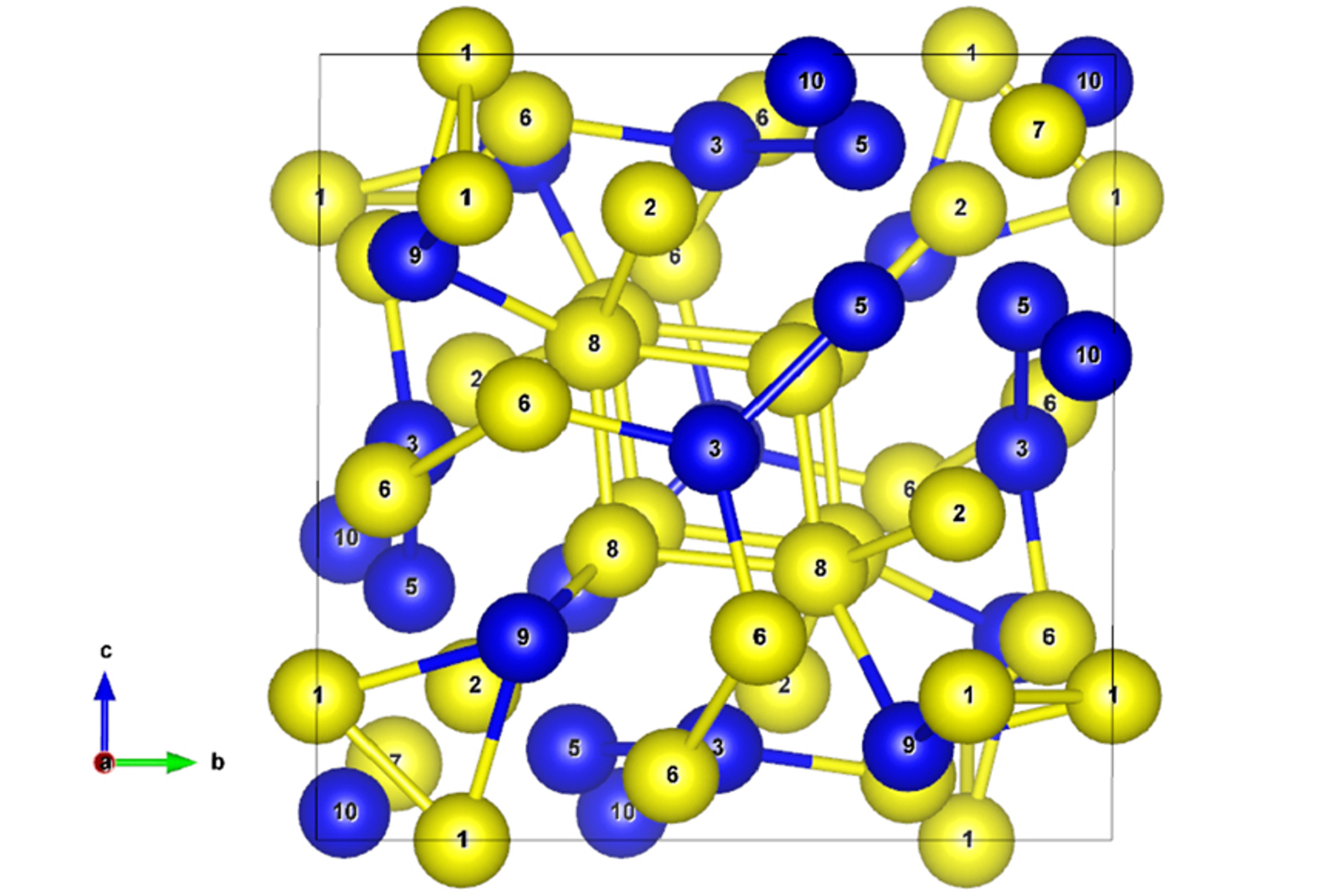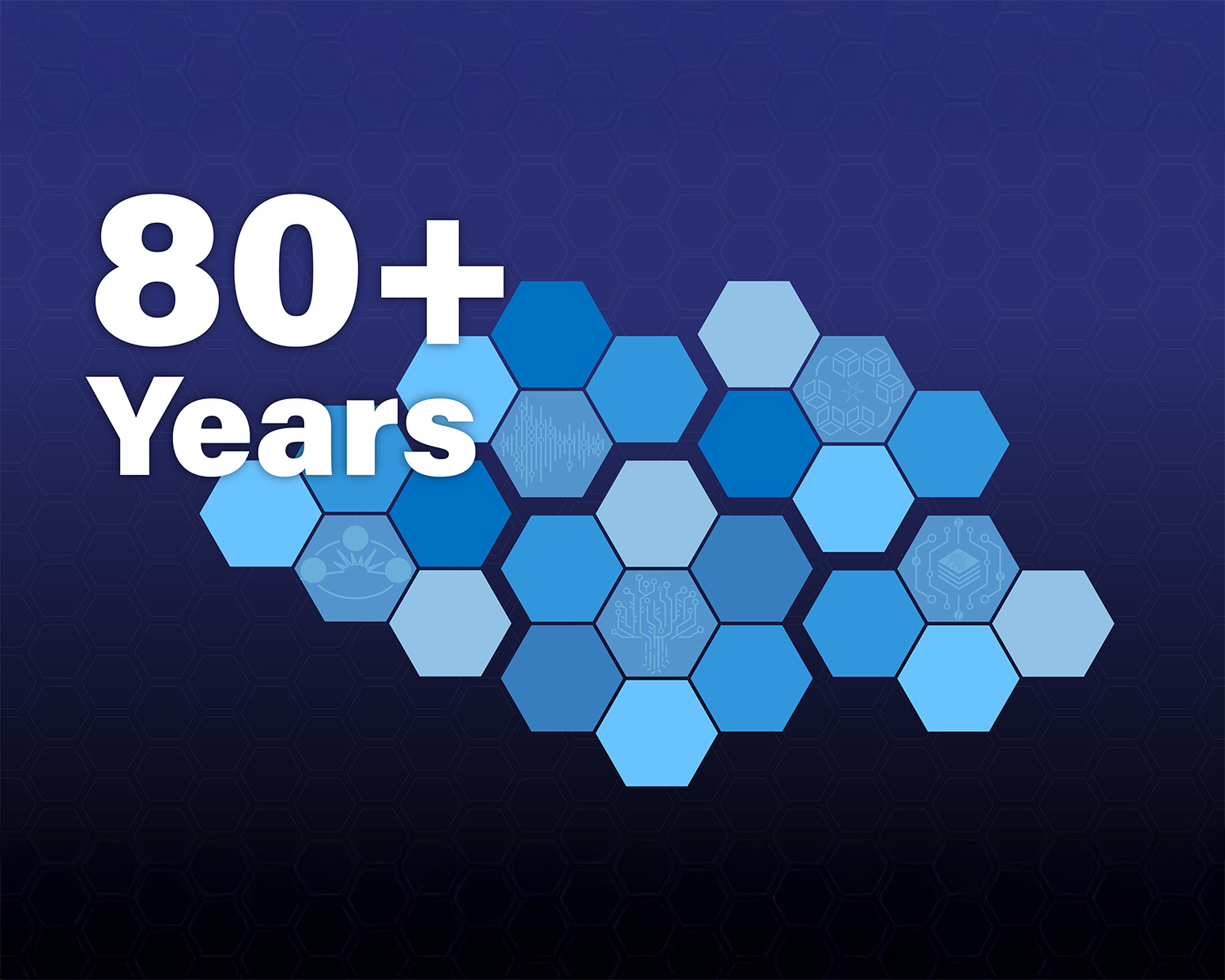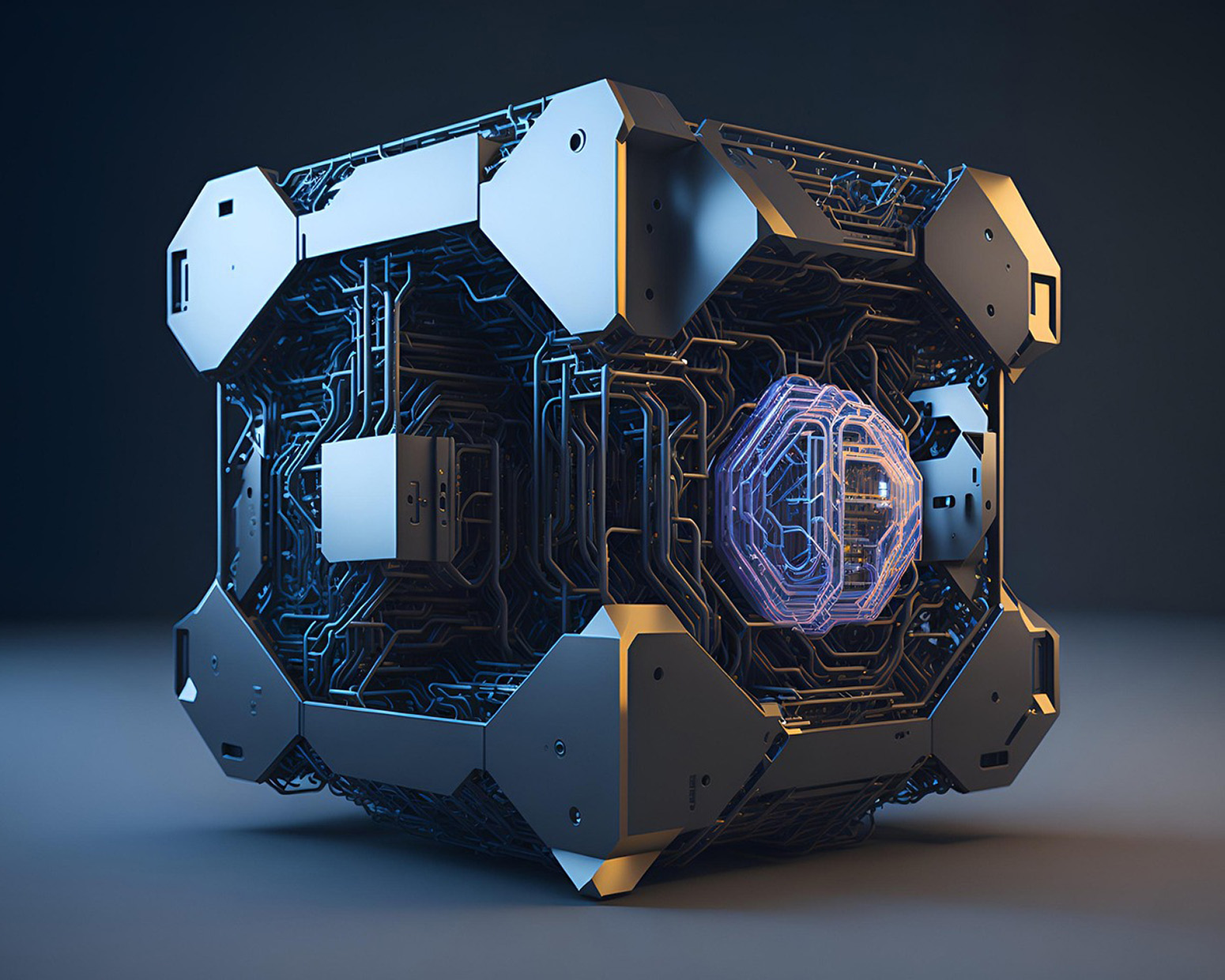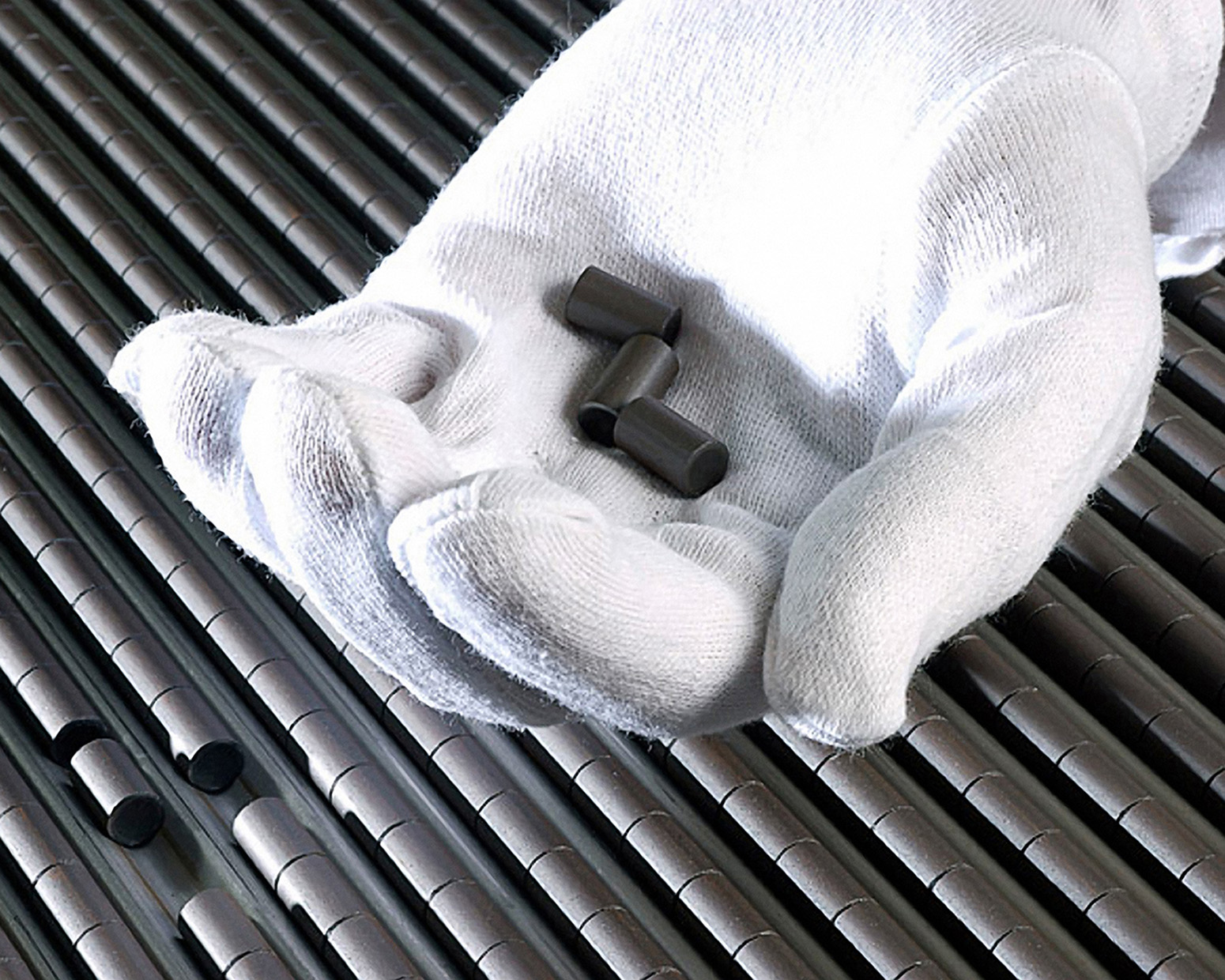Unlocking uranium’s hidden influence in the behavior of plutonium alloys
Work advances understanding of nuclear materials performance

Drawing on Los Alamos’s decades-long leadership in actinide science, Laboratory research has revealed how uranium impurities affect the structure of plutonium alloys by forming strong, short bonds that are stable in plutonium-gallium materials at the atomic level.
Why this matters: Scientists now have a better understanding of how plutonium alloys behave under radiation damage and stress due to the radioactive decay uranium daughter product from plutonium-239. This insight offers valuable guidance for improving and predicting the performance of plutonium alloys in advanced nuclear applications.
More about the work:
- Through first-principles calculations and analysis of existing experimental data, this work provides a comprehensive understanding of the bonding and electronic structure of uranium in delta plutonium-gallium alloys and provides further insights into the relatively unknown uranium-plutonium zeta-phase binary alloy.
- The work was published in a special collection of Journal of Vacuum Science & Technology, honoring Wilhelm Wolfer (Lawrence Livermore National Laboratory), an influential contributor to actinide science and plutonium aging. The paper’s co-author, Franz Friebert, served as a guest editor.
Funding: This work was supported by the Laboratory Directed Research and Development program at Los Alamos and the National Nuclear Security Administration’s Stockpile Research, Technology, and Engineering program.
LA-UR-25-29137





